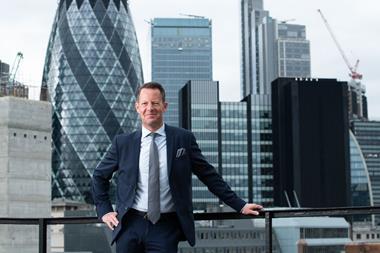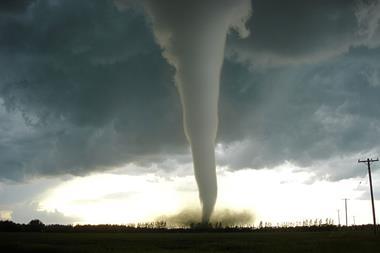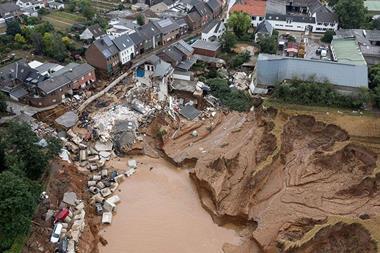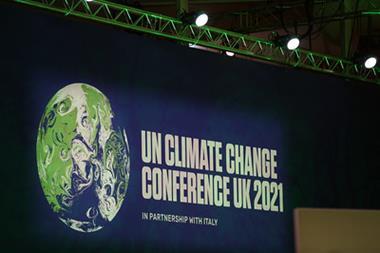If the politicians won’t go to battle against climate change, maybe insurers have the power to drive behavioural change
This year’s COP26 in Glasgow drew to a close in underwhelming fashion. Watered down wording, interfering political agendas, and a lack of true togetherness to address the biggest challenge of our times have shown us in no uncertain terms that we can’t rely on politics alone to solve this crisis.
I now find myself asking is who is best placed to create the real change this world needs and lead the response to climate change if the political world can’t. Looking at the landscape, the answer may well be the insurance market.
It is the only industry that can lose the most as well as gain the most from climate change. Being at the front lines of the worst impacts from climate change – natural catastrophe losses in 2020 amounted to $210bn – naturally gives the industry the experience required to lead the response. Already, insurance has been doing a lot to understand the risk exposure climate change brings and moving away from it. But is it sustainable?
Climate change is an enormous problem leading to not just physical risks but knock-on effects such as displacement, migration, and increased geopolitical and terrorism risks, etc. If the industry continues to move away from riskier zones, will there be anything left to insure at all? We risk putting ourselves out of business in that case! Climate change also brings an opportunity and a sense of urgency to prevent the world from reaching one of the worst scenarios – a 2°C increase from pre-industrial levels.
So how can we lead? How do we catalyse change to help the world avert disaster, while also tapping into the opportunities it presents? Insurance, as the nexus of society and business, is in the right place and time to transform discussions around climate change into one of economics by putting a price on risks and, as a trusted adviser, bringing a lasting behavioural change to the markets.
Punish and reward
One way they can do this is by penalising those with bad risk management and rewarding good risk practises with lower premiums: the carrot-and-stick approach, which is standard industry practice. The same could be applied for climate risk. Approaching it this way is also how we will close the protection gap on climate change – but having access to granular data becomes key.
The recent formation of the Net-Zero Insurance Alliance is one such step in this direction, requiring signatories to commit to net-zero emissions covering both their investment and re/insurance underwriting portfolios with the incorporation of climate risks in their guidelines and criteria. This is crucial for the effective implementation of the carrot-and-stick approach, but there are still significant challenges, such as the lack of:
• Granular data (e.g., supply chain data) crucial to understand climate risk exposures
• Standardised reporting (for benchmarking purposes)
• Quantifiable climate risk reporting (to measure and track portfolios and avoid green washing)
• Downscaled climate projections
• Willingness of clients to share data with insurers
A more complete solution to this is in a combination of regulation and tech. On the regulatory side, there is some good news, with the UK becoming the first G20 country to enshrine in law mandatory climate-related financial disclosures based on the TCFD framework for its largest companies. Others are expected to follow suit.
All the other challenges will require innovative technologies and sophisticated climate risk reporting tools to be at the heart of the solution. This will allow long-term climate data to be downscaled and presented into the shorter time-scales required by the industry.
Data enrichment from external sources addresses the issue of granularity, while constantly improving data quality, updating climate models, and applying solutions in quantitative reporting of climate risks that are not the norm in current reporting frameworks.
All this will provide the benchmarking necessary for the insurance industry to drive behavioural change. With such insights and new approaches to incorporate climate risks into the underwriting process insurers can improve their own climate risk disclosures and that of their clients.
In turn, they can showcase the real expertise and knowledge the world’s political leaders lack, with an effective response that leads the way as only the insurance industry can.
Shruthi Rao is CEO and co-founder of Adapt Ready




















No comments yet